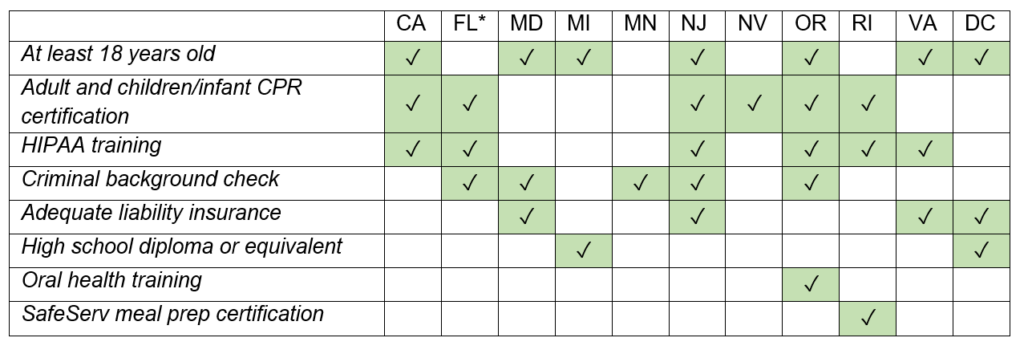California Enters Insulin Manufacturing: Can We Expect to See a California Effect?
By Aparajita Lath
For over 100 years, policy makers and pharmaceutical manufacturers in the U.S. have debated whether the government should produce drugs and biologics.
Until now, private industry has largely won– but that may be changing, due to a recent California initiative.
At the turn of the 20th century, the unregulated U.S. biologics industry saw a series of tetanus contamination incidents. This prompted discussions about preventing recurrences, either through governmental regulation of biologics manufacturers or governmental manufacture of the biologics themselves. Commercial biologics manufacturers feared that the state taking over production would wipe out their businesses.
Such fears were not misplaced: governmental manufacturing had been a threat to the industry since its inception, and biologics manufacturers had campaigned against ‘municipal socialism’ for years. Ultimately, the industry was successful in keeping the government away from biologics manufacturing by agreeing to abide by government regulations.
Now, the tide is turning. In March, California Governor Gavin Newsom announced that the state would get into the business of producing insulin. The move, which is part of the CalRx Initiative, will bring down the price of the essential biologic.
The CalRx Initiative, which was originally announced in January 2019 and later signed into law as the California Affordable Drug Manufacturing Act of 2020, empowers the State of California to develop, produce, and distribute generic drugs and sell them at low cost.
Insulin is the first product the initiative will manufacture. Once approved by the FDA, CalRx insulin will be made available at $30 to all Californians who need it. This initiative will come with enormous savings to the public: it will bring down the price of insulin by 90%, saving cash-paying patients between $2,000 to $4,000 annually. This version of insulin is expected to be interchangeable with popular brand-name insulins – Sanofi’s Lantus, Eli Lilly’s Humalog and Novo Nordisk’s Novolog.
Apart from insulin, California plans to bring other products to market under its CalRx initiative going forward. A potential next product that is being explored is Naloxone, the opioid overdose antidote, which will aid the State’s effort in combating fentanyl overdoses. This product is part of the State’s master plan to tackle the fentanyl crisis in California, and the California Health and Human Services Agency is working to identify a California-based manufacturing facility for this purpose.
Whether or not other states will adopt similar measures to reduce prices and increase transparency remains to be seen, but could potentially happen given the so-called “California Effect,” the term used to describe how protective regulations originating in California (e.g., environmental and consumer regulatory standards) have spread to other states.
Initiatives like CalRx, which provide state intervention in drug manufacturing and distribution, can have far-reaching consequences for public health and access to medicines. State interventions can increase competition and reduce prices. Further, such initiatives promise transparent pricing, set as low as possible, based on development, production, and distribution costs.
Currently, obscure, rebate-based pricing makes it difficult to assess true drug costs. Pharmaceutical companies have litigated against transparency laws and have invoked trade secret protections to limit access to financial information including drug prices, research and development costs, manufacturing costs, and details regarding financial arrangements. Without this information, drug prices remain high and research and development costs remain obscure, thus limiting the ability of policymakers to calibrate innovation policy. Increased access to drug pricing data can inform innovation policy decisions on exclusivities, competition, and access for the pharmaceutical industry in general.
The CalRx initiative is just one of a few recent moves targeting insulin prices. On August 7, 2022, the US Senate passed the Inflation Reduction Act, which gives Medicare the power to negotiate prices of certain high-cost drugs. For insulin, prices will be capped at $35 per month starting this year. The industry has also responded by dramatically slashing insulin prices. For instance, Eli Lilly announced a plan to slash the prices of some of its insulin by 70%, Novo Nordisk and Sanofi followed by saying they would lower prices of some of their insulin products by as much 75% next year. Together, the three companies control some 90% of the U.S. insulin supply.






